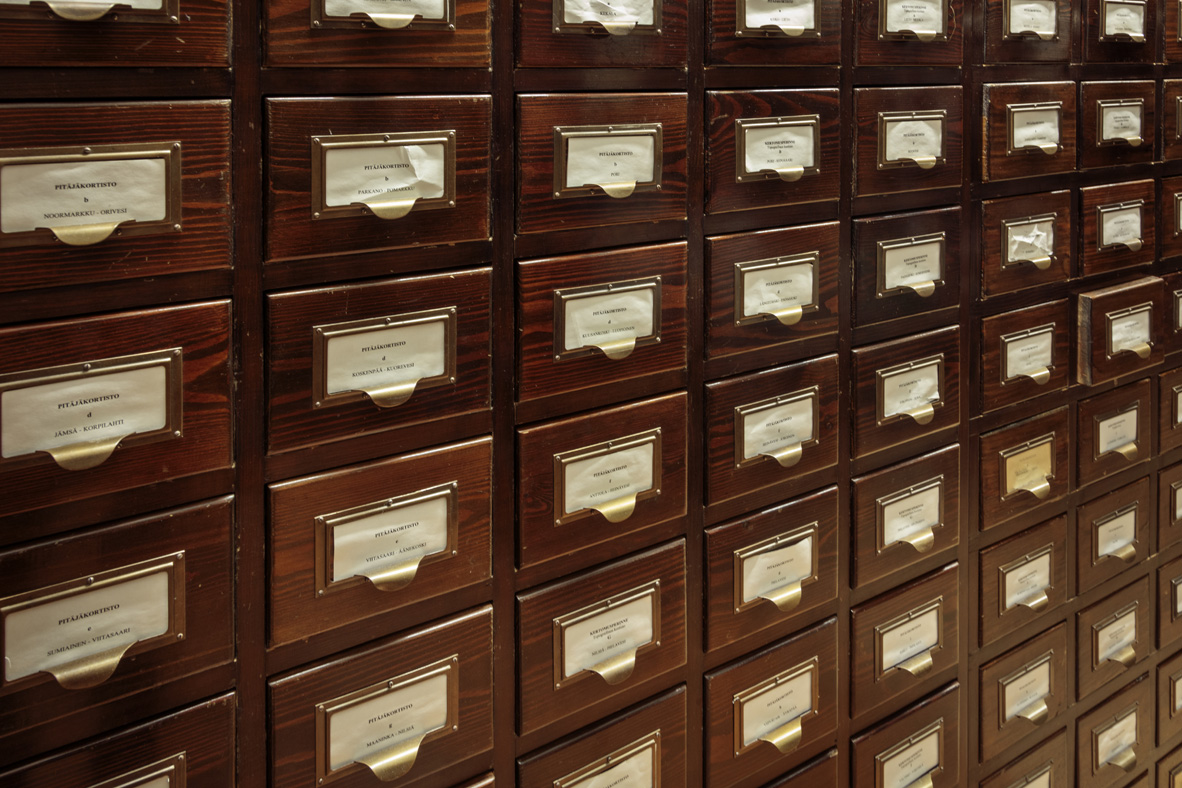Joensuu collections
The SKS’s Joensuu collections include folklore and oral history narratives primarily related to eastern parts of Finland. The SKS Archives had an office in Joensuu from 1981 to 2024. The material of the collections are available in the reading room in Helsinki, at Hallituskatu 1.
History of the Joensuu Collection
The Joensuu Folklore Archives was established in 1981 as a backup archive for the Folklore Archives in Helsinki, placing microfilm copies of its textual materials. From 1982 onwards the archive began to build its own collection. Operations started at a building named Pielisjoki Castle in connection with the Karelian Institute and later moved to the campus of the University of Joensuu (nowadays the University of Eastern Finland) after the completion of the Joensuu Provincial Archives (nowadays the National Archives of Finland, the branch of Joensuu).
As part of the organizational reform of the SKS Archive, the name of the Folklore Archives was changed to the Joensuu Office in 2016. It continued its activities as part of the SKS Archive’s Traditional and Contemporary Culture Collection.
Between 1981 and 2024, the Joensuu unit actively collaborated with local academic and cultural organizations. The Joensuu collection is particularly characterized by materials related to Eastern Finnish cultural heritage.
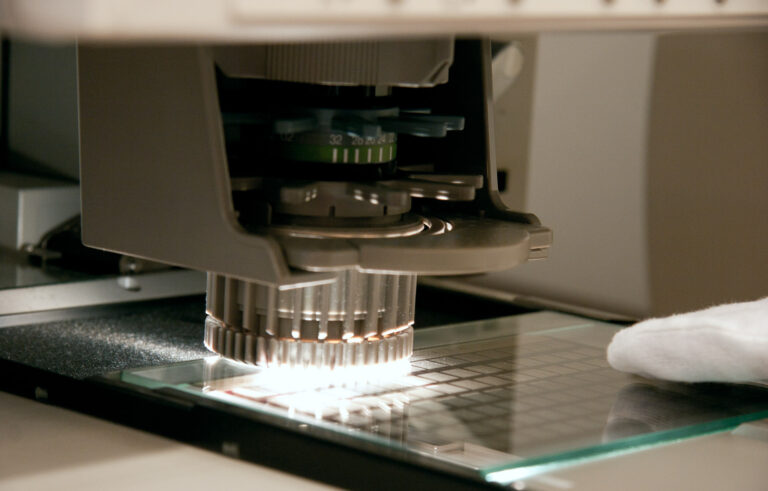
Text materials
The Joensuu collection’s text materials include folklore and oral history. These are characterized by a close relationship with Eastern Finland and the Karelian border, with a significant part of the materials comprised of responses to ethnographic questionnaires.
Photo: A microcard in a reader. Milla Eräsaari, SKS.
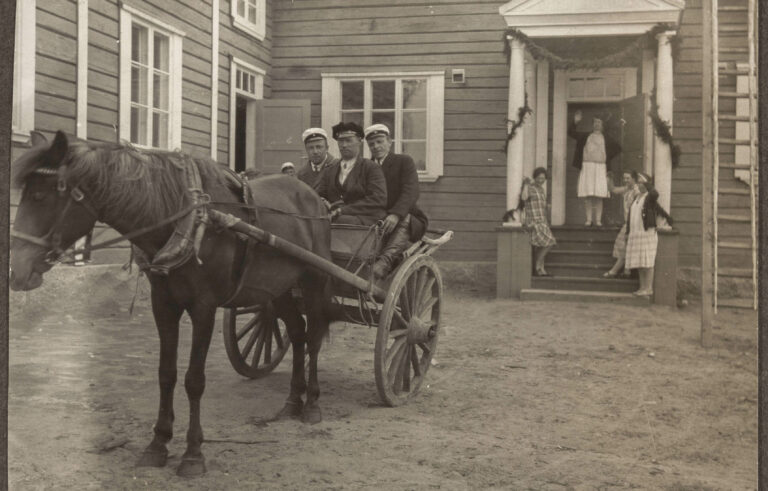
Photograph collection
The Joensuu collection includes almost 23,000 photographs, mostly from the 1920s to the 1990s. These were collected from donations from private individuals in Eastern Finland as well as from fieldwork performed by researchers from the University of Eastern Finland in border villages, the Republic of Karelia, and the Veps region. The materials focus on depicting lives and homes, as well as changes to village and urban settings. Most of the photographs are digitized.
Photo: Linguistic and ethnographic research expedition in Ilomantsi in spring 1927. Jussi Turunen (right) and Eino Leskinen (left) leaving on Miša’s carriage to Kolezhma on June 25, 1927. Members of the expedition are on the stairs in the background. SKS JPA.
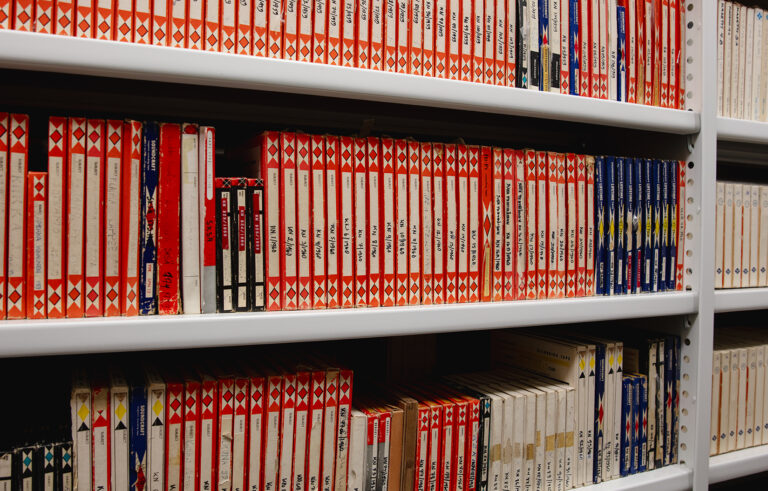
Sound and video materials
The Joensuu sound recording collection was expanded as a result of research projects connected to Eastern Finland and the work of oral history collectors. The collection consists of approximately 5000 hours of sound recordings and 120 hours of videos. It includes recordings of various research projects implemented by the Karelian Institute since the 1970s. These include interviews with displaced Karelians, Orthodox traditions, and village research materials. The sound recordings of the collection are digitized.
Photo: Open-reel tapes on the shelf of the archive repository. Emma Suominen, SKS.
Contact us
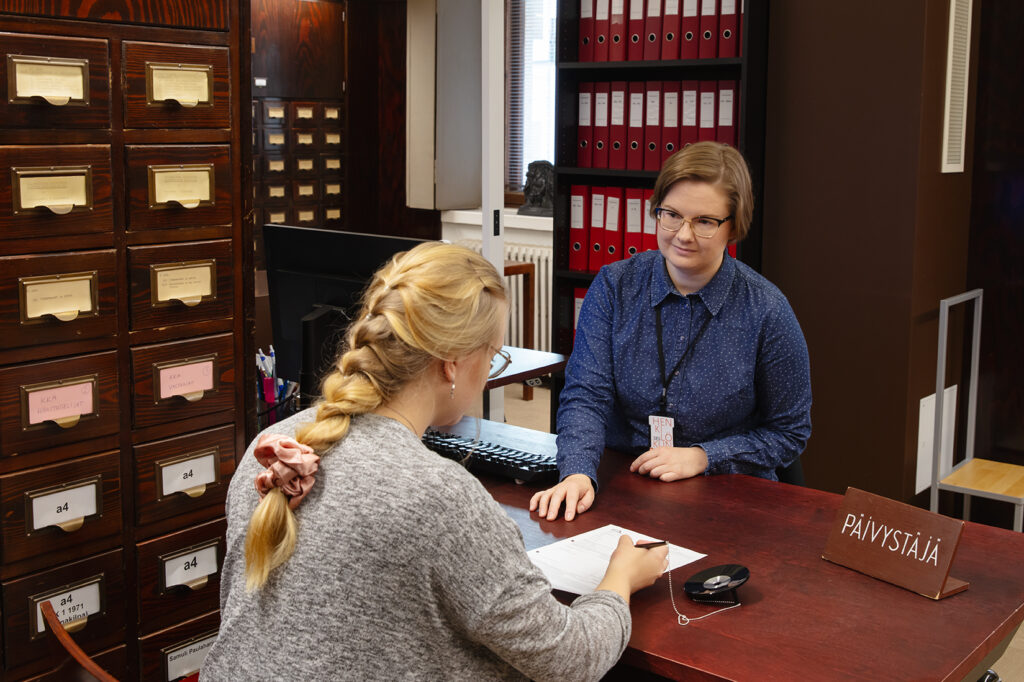
Photo: Gary Wornell, SKS.


